Uranus
The distant worlds of Uranus and Neptune, I have almost never imaged. The main reason for this is that it has always been difficult to obtain sufficient focal length to make them appear as something other than dots.
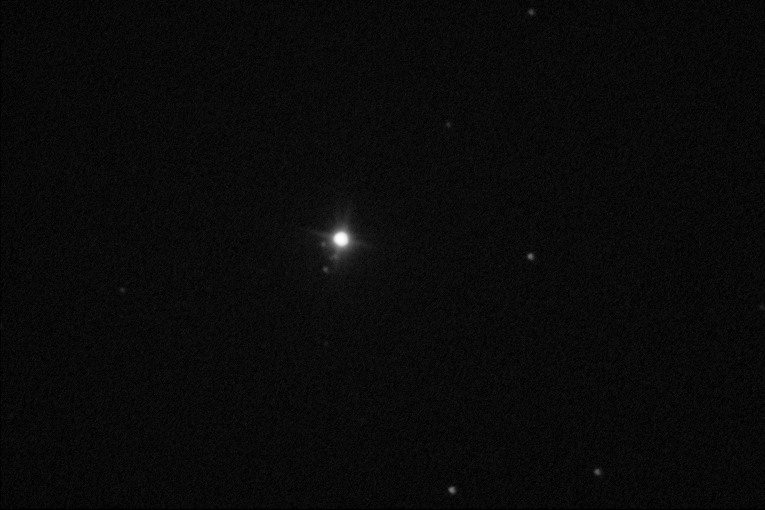
Uranus. August 6, 2003.
Combination of 10, 5 second images, SBIG ST-8E CCD, binned 2x2.
18" f/10.5 Ritchey-Chrétien telescope at prime focus.
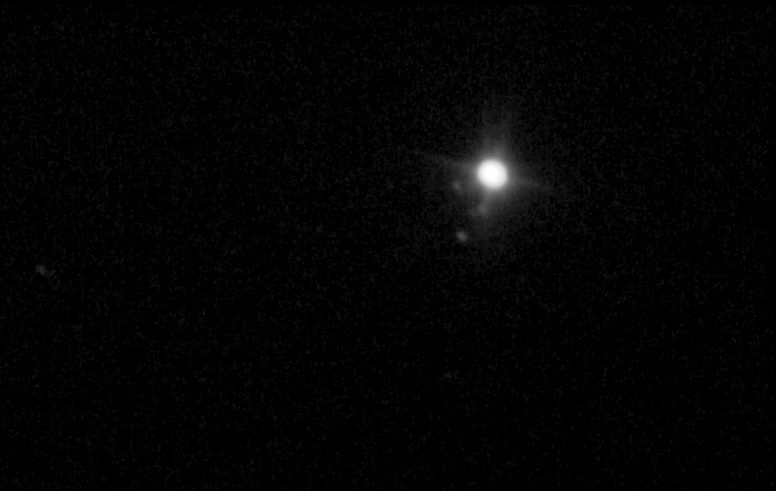
Uranus. August 6, 2003.
Combination of 10, 5 second images, SBIG ST-8E CCD, binned 1x1.
18" f/10.5 Ritchey-Chrétien telescope at prime focus.
The four objects just below-left of the planet are moons.
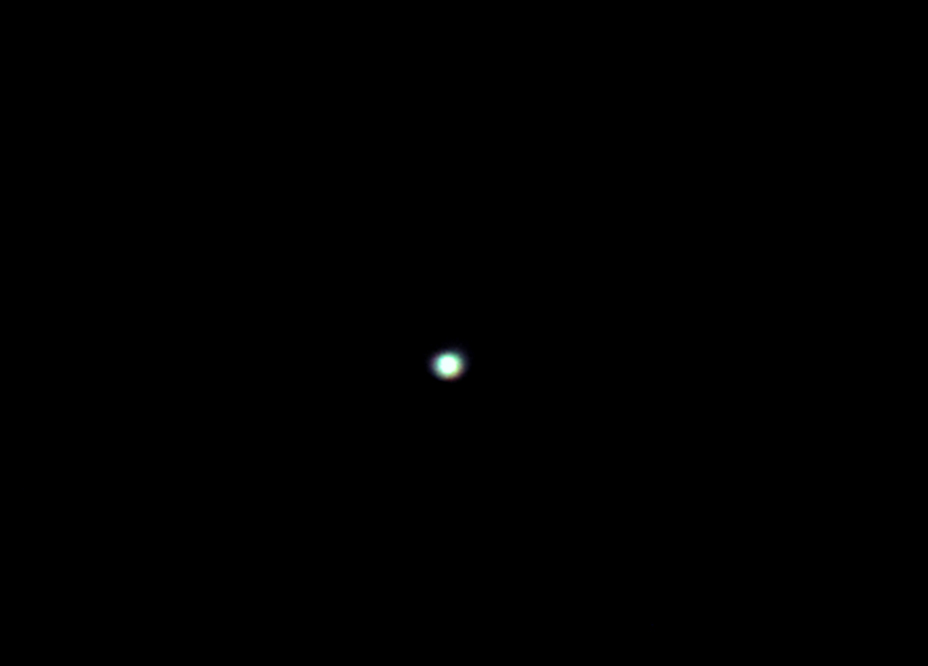
Combination of 10, 2 second images unfiltered and 5, 5 second images using red, green and blue filters.
SBIG STL-1001E CCD. 300mm f/18 cassegrain telescope plus 2X barlow lens.
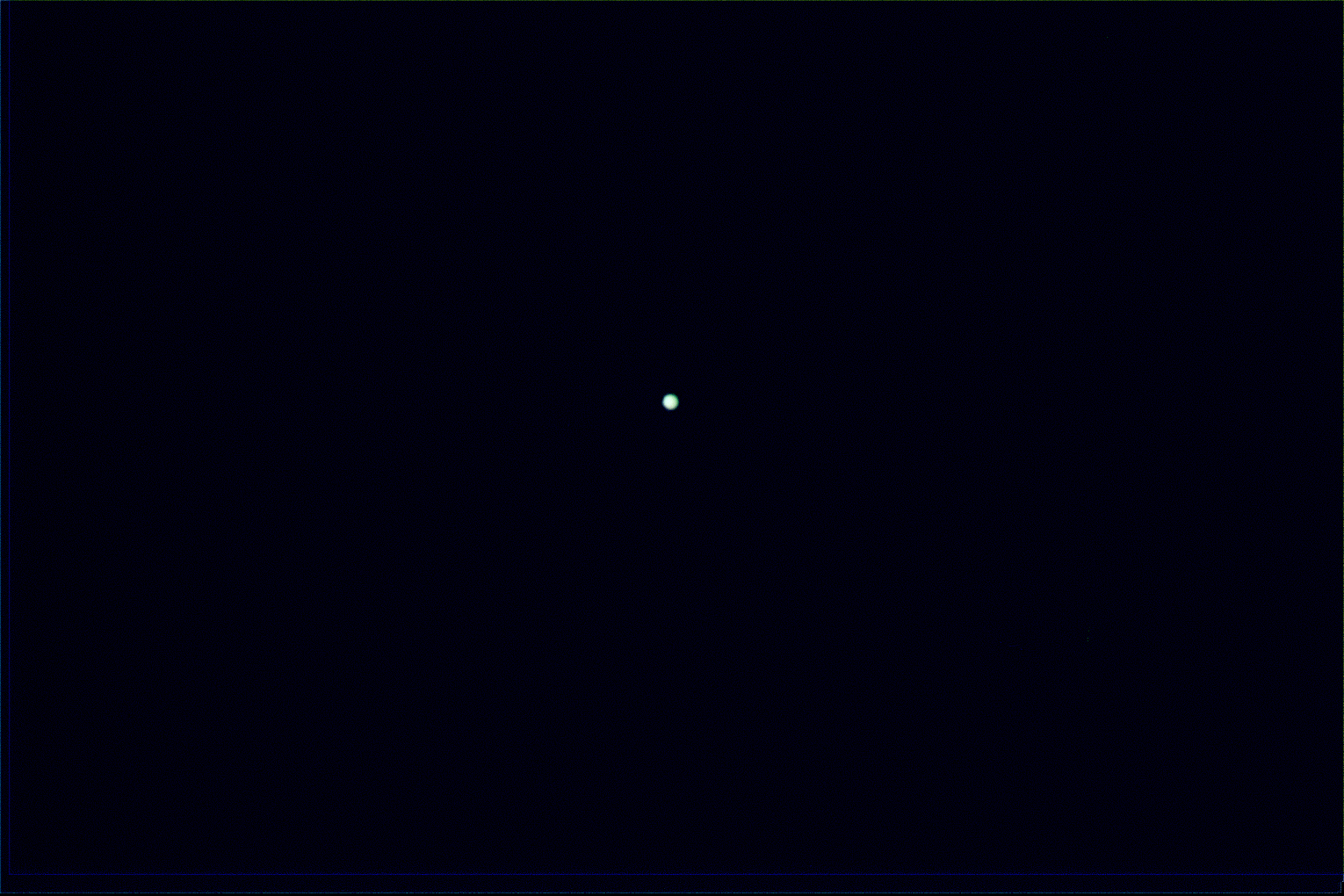
30 September, 2010. Combination of 90, 0.1 second images, using red, green and blue filters.
SBIG ST-8XE CCD. 20" f/6.8 Dall-Kirkham cassegrain with a 2x barlow lens.
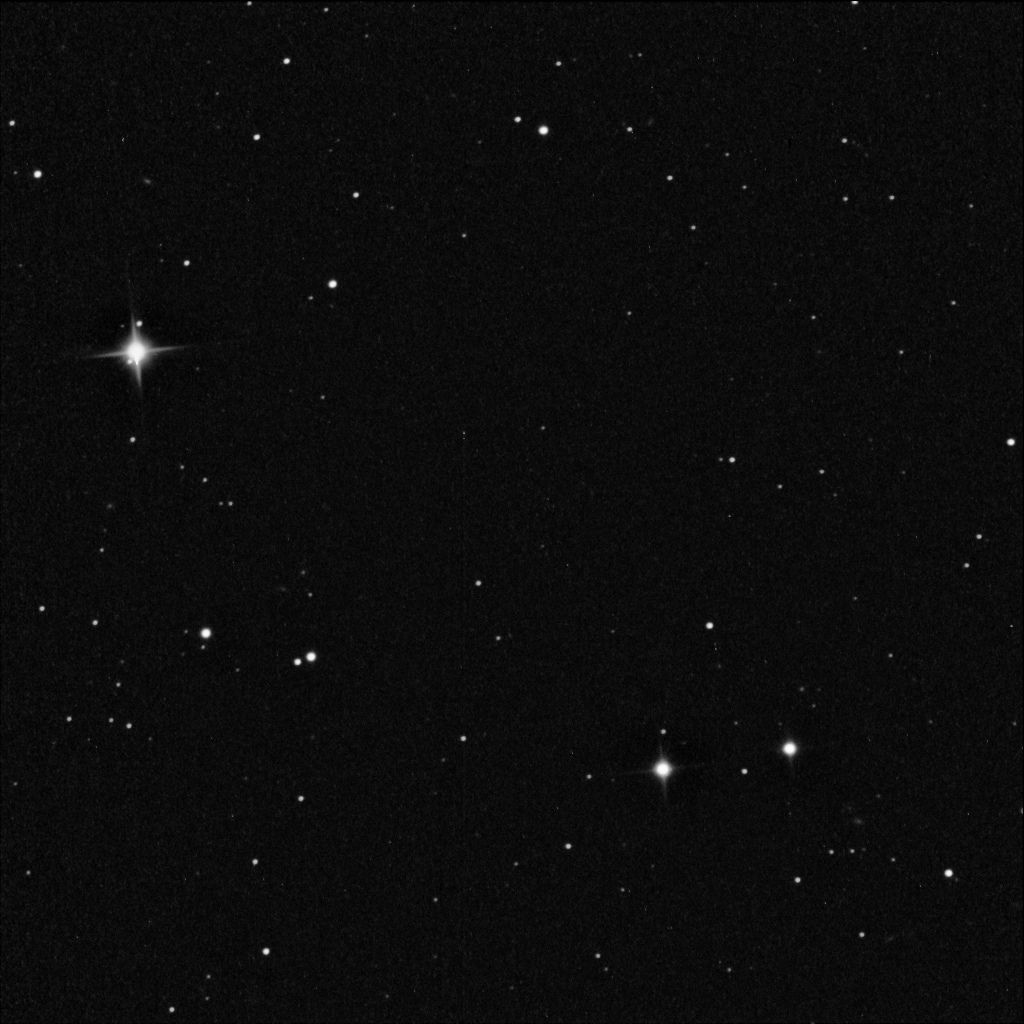
25 September, 2011. Combination of 10, 10 second images unfiltered.
SBIG STL-1001E CCD. 20" f/6.8 Dall-Kirkham cassegrain at prime focus.
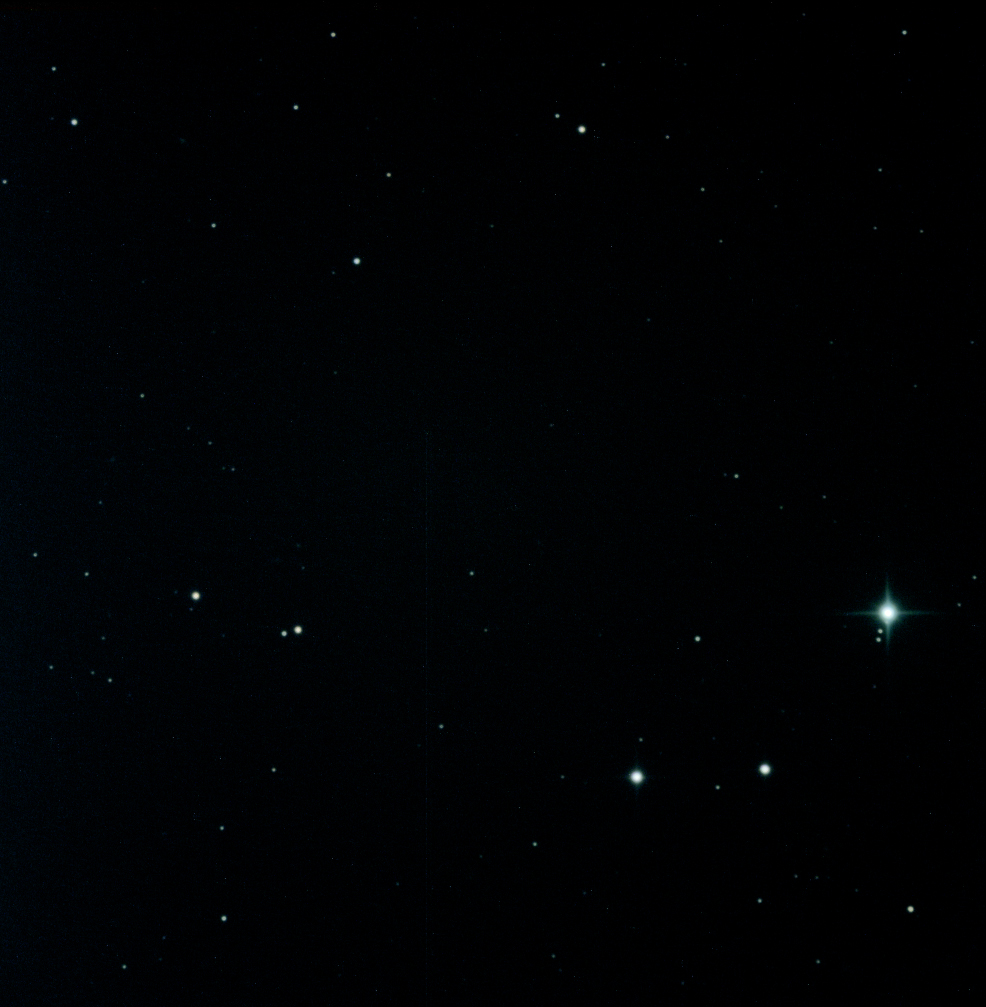
3 October, 2011. Combination of 10, 5 second images, using red, green and blue filters.
SBIG STL-1001E CCD. 20" f/6.8 Dall-Kirkham cassegrain at prime focus.
The above 2 images were taken for use in a laboratory exercise on parallax that I was developing for my courses. By merging the 2 images so that the movement of Uranus could be measured easily, and using the distance the Earth had moved between them, it would be possible to calculate the distance to Uranus. The merged image is shown below.
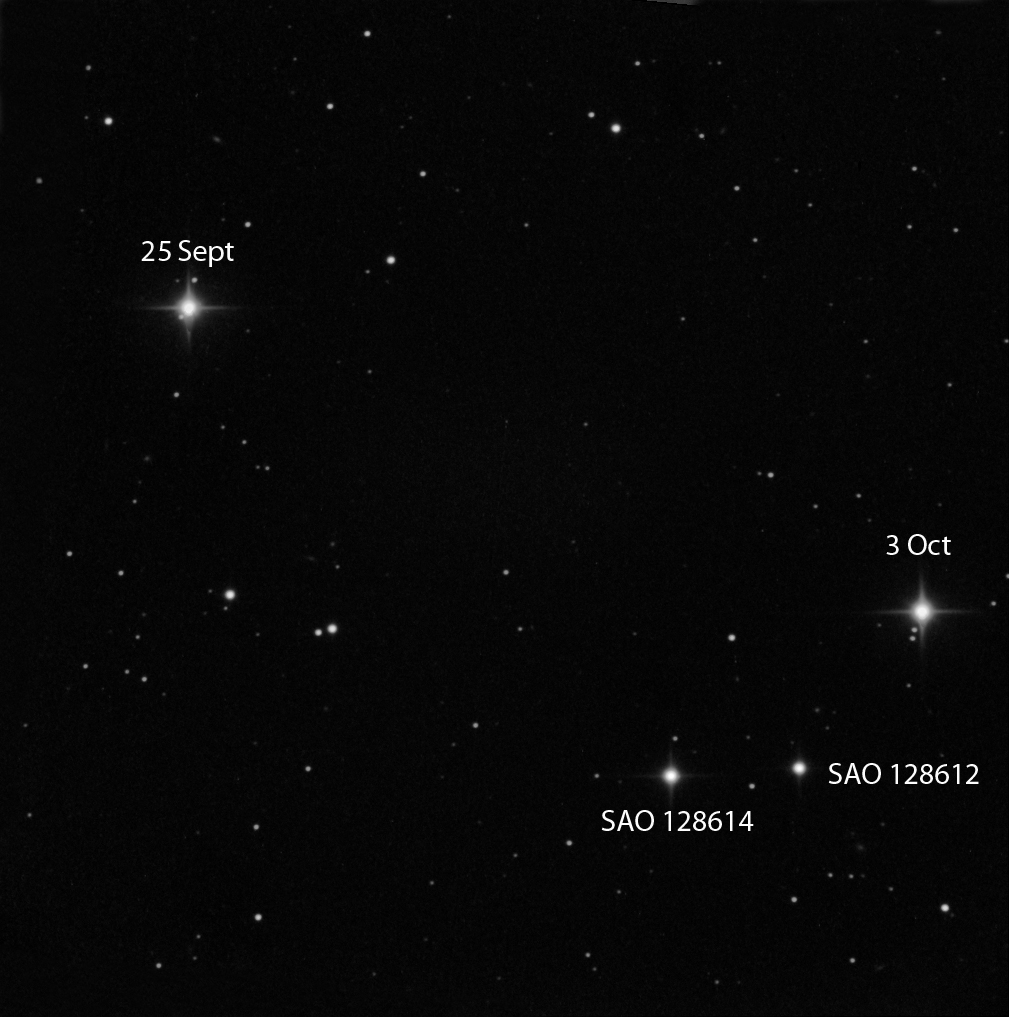
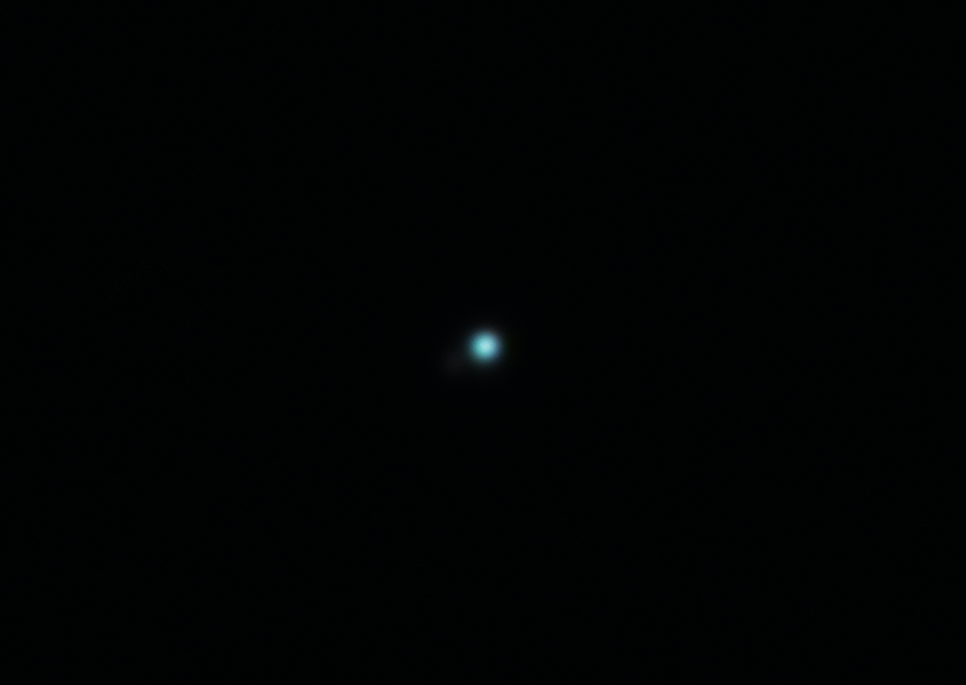
16 October, 2011. Combination of 20, 5 second images unfiltered, and 20, 5 second images using red, green and blue filters.
SBIG ST-10XE CCD. 20" f/6.8 Dall-Kirkham cassegrain at prime focus.








